This week John Foster speaks with collector and sculptor Harris Diamant.
Q. I find it fascinating that you never went to art school, yet you are able to produce these remarkable sculptures that require a vast knowledge of design, process, and craftsmanship. Your vision is singular and completely your own. How did this merging of art and craftsmanship evolve?
My big brother was the one who fixed stuff, made stuff, when I was a little kid. I got good grades and started college early, at only sixteen years old. I hung out with an artsy crowd and instantly felt, for the first time, that I belonged. I think I would have liked to have applied my brother’s “making” chops to what I was doing in college, but I didn't know how to make anything and felt a bit feeble in that area, so I drifted over to the English majors and stayed there for more than twenty-five years. Not quite bold enough to try "making," I taught, with no aptitude, no pleasure, in the New York City school system for a half-dozen years. Coincidental with teaching I discovered antique dealing. In the early 1960s, Art Nouveau was an eye opener and an early obsession. I loved finding stuff, I loved polishing it, I loved selling it, too!
I went from Art Nouveau to dealing scientific instruments, antique toys, and ultimately American Folk and Outsider Art. So, that's where I’m coming from, as a self-taught dealer. I always had an itch to make stuff and in my early forties, I decided that it was time to admit it, and possibly my last chance to shoot for it in an all-or-nothing, vigorous way. So with time out for a late, but much needed, adolescence, I committed myself full time and whole-heartedly to "making," with the confidence that success in self-taught art dealing had given me. In the process of evaluating the merits of folk art, etc. I learned to observe many different techniques for making things, and developed a critical sense about their execution. I also learned a lot about surfaces and how to evaluate them. There’s nothing like a flea market for teaching you how to quickly and expertly evaluate form, authenticity, surface, surface, surface, and an objects aura. So it was natural that my early training as a dealer/discoverer lead to the confidence that I could teach myself the techniques to accomplish any task (frequently with high-school level texts and a question here and there to a friendly artisan).
I learned a lot by rote. I do not frustrate easily. I rip up stuff that’s below my expectations immediately and do it over until it’s perfect. I learned the importance of making jigs. All I had to do was discover what to make. That’s a never ending task with which I’m still involved. I tend to work in series so I have groups of works that have changed over the past thirty-five years. I’ve been working on the current series for more than twenty years. It still feels fresh to me. It’s still fertile, flowing. I've been doing this for a long enough time that along the way I got to be an old guy. Jig-making, patience, and a heightened critical sense has taken up the loss of physical prowess that’s been relinquished to age. I feel that I’m at the top of my form at seventy-seven years. I’m eager to complete the next one. By the way, I don't think art school is so very useful for teaching how to make art beyond teaching how to clean your brushes and hone your chisels. Being immersed in that climate is probably a good thing for art world connections and attitudes, but you can't teach persistence, commitment, love of process or, for that matter, vision.
Q. Your work seems packed with symbols and meaning, and is definitely futuristic in approach. Please enlighten us!
The symbols were branded on my brain in my early years. The process continues. It never stops.
I believe that every thing that I really see leaves a tiny dent on my brain. I alway have known that if I had to deal with "content," I'd turn to concrete and not know what to make. I frequently work with binocular magnifiers. They bring me into a tiny, yet huge, real, and controllable world that exists nowhere else. I love it there. I have only to watch my fingers and they bring me to fascinating new territory. Then all I need do is show up until the sculpture is finished and start the next one after that.
Q. It is said that eyes are the windows to the soul, yet the soul in your works are synthetic, or artificial. I am not saying that as a negative, but would you agree of disagree with my statement?
Not to be coy, I haven’t a clue. I like to think that the apparent “repetition” (there’s repetition only for those who don’t look well and hard) in my work leads to something revealing about me of which I’m not really aware. Even naming the sculptures has always been an unpleasant task. I accept the necessity, but have decided that more of a name than the date of completion is deceitful. Soul, gender, religion, political affiliation ... that’s for the viewer. I don't go down that path.
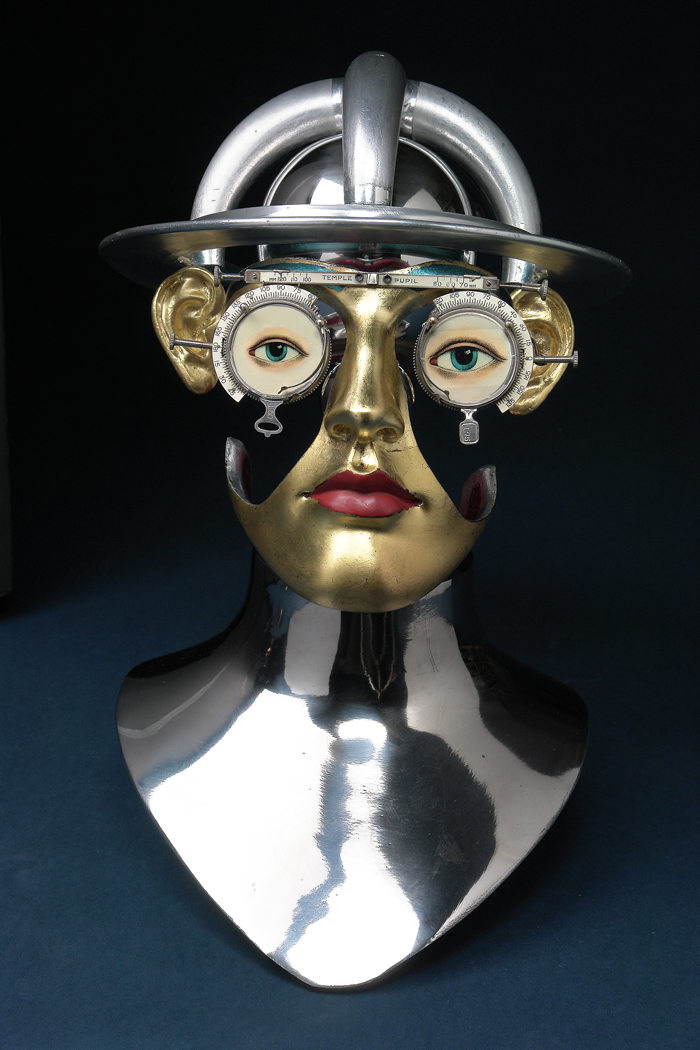
Untitled (detail), January 2014
Untitled, August 2014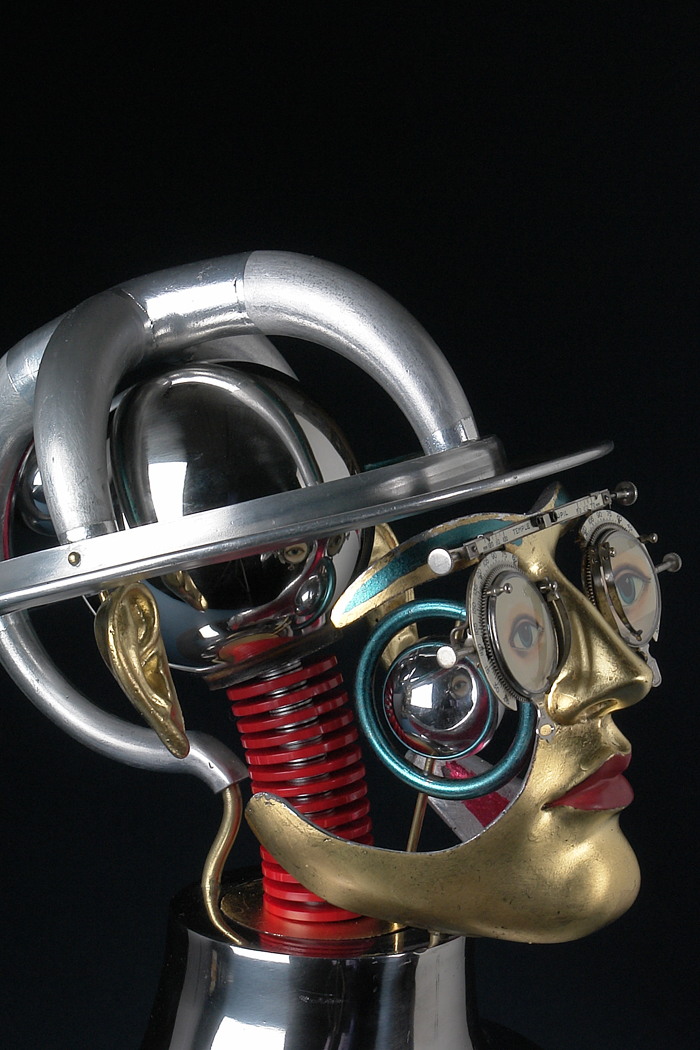
Untitled (detail), January 2014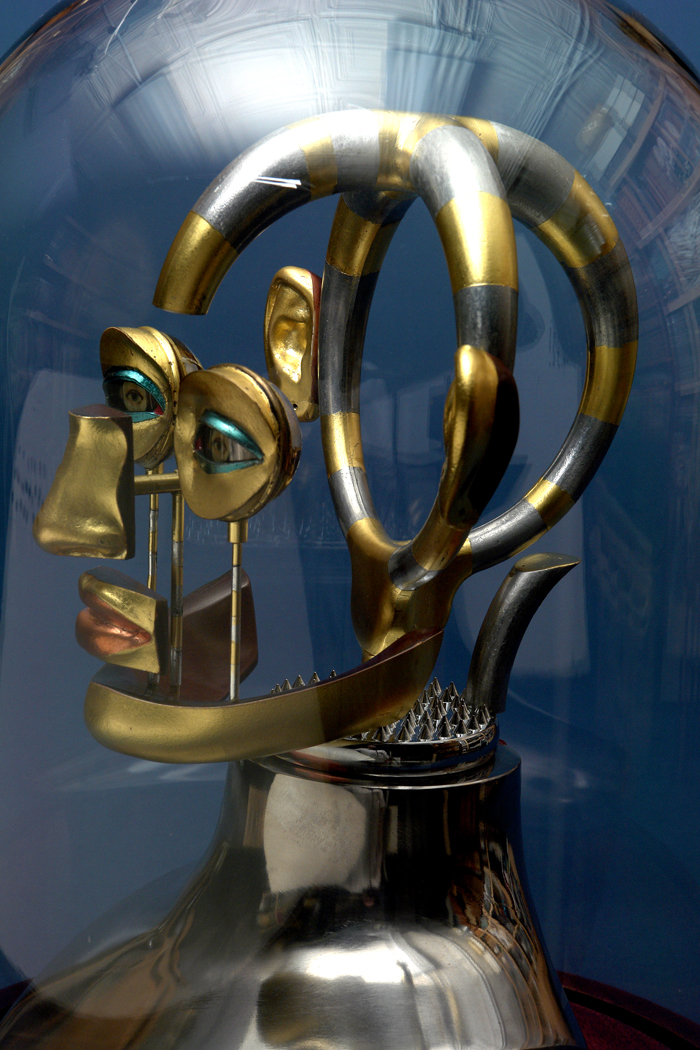
Untitled (detail), July 2014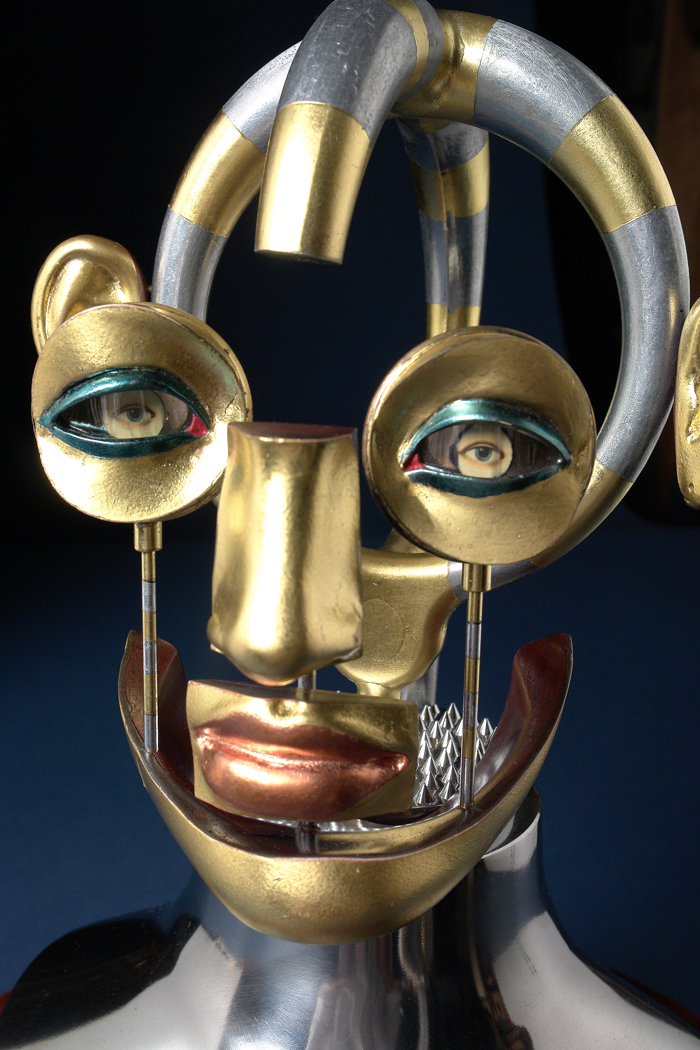
Untitled (detail), July 2014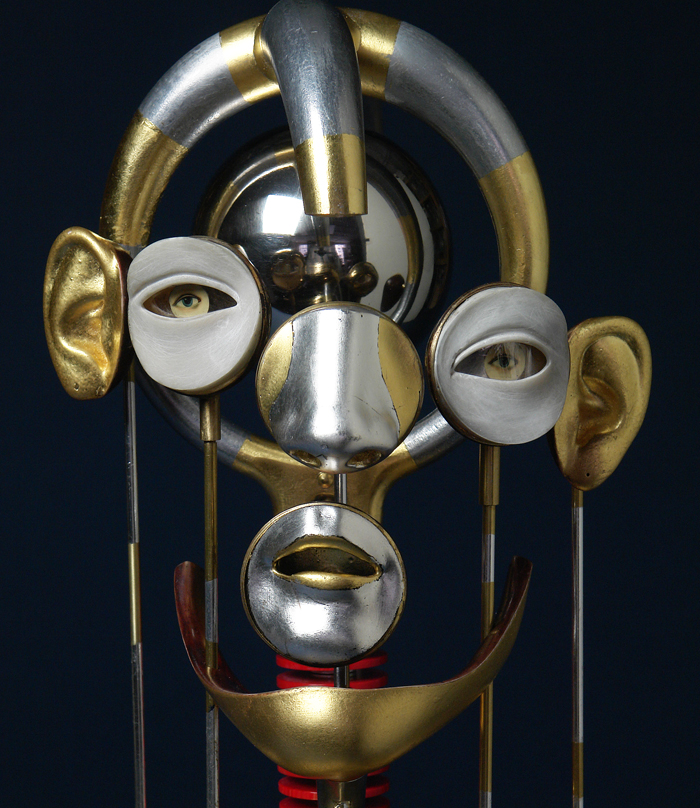
Untitled (detail), September 2014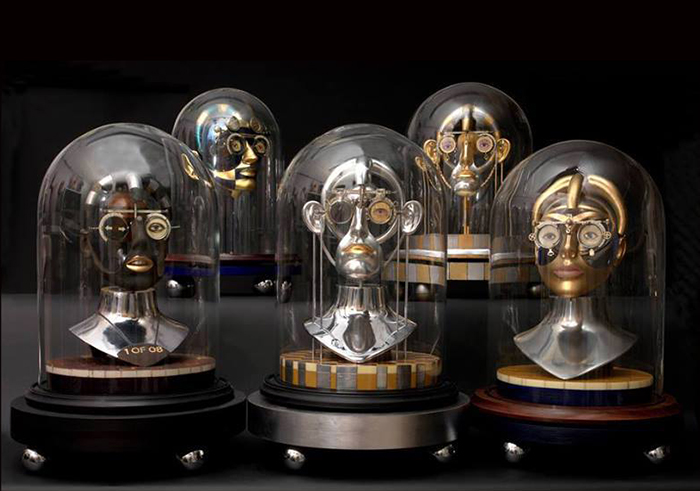
Harris Diamant is represented by Obsolete Gallery in Los Angeles (www.obsoleteinc.com) and in New York by Luise Ross Gallery www.luiserossgallery.com.
All images © copyright Harris Diamant
http://harrisdiamant.com/
